|
|
|
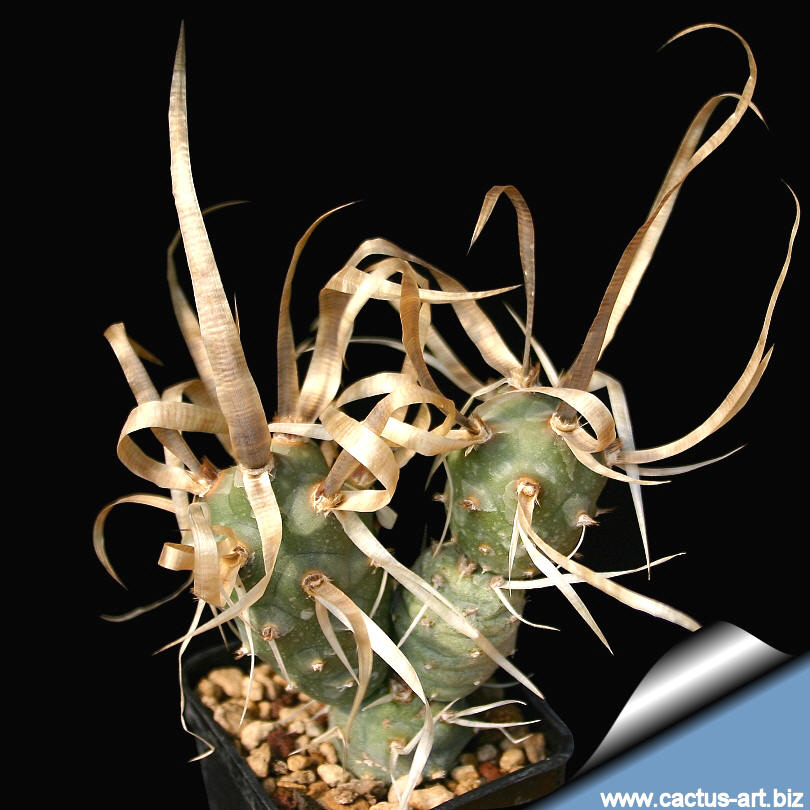
Outstanding harmless-looking cactus with soft wide, papery spines. (
compare with the
spineless type)
|
|
Description: Segmented
bushy succulent slowly growing up to up to 30 cm, it is the typical form
of a group of variety.
Stems: It develops in little
pine-cone shaped segments that are loosely attached to each other and
fall easily.
Spines: This species is very variable as to whether it is
spine-bearing or not. The spiny form (also known as "papyracanthus")
have broad, raffia like, conspicuous , flattened spines which are not
spines but thin ribbon like processes, and vary much as to their colour,
markings, and length. This variation are partly the cause of so many
synonyms for the species.
Flowers: Blooms are either white or yellow. The white flowers
made a nice contrast to the earth-tone colours of the plant.
Fruit: 1 to 5 cm long fruit is brown.
|
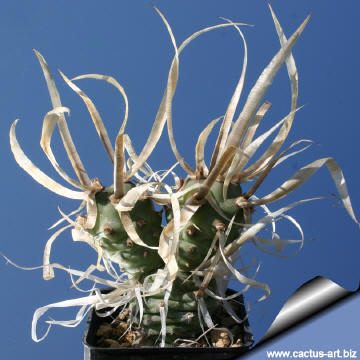 |
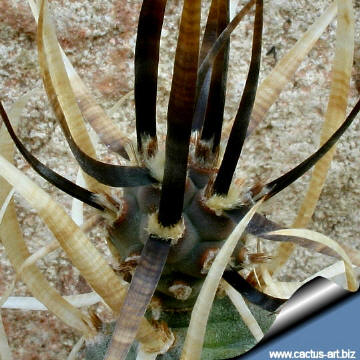 |
|
. |
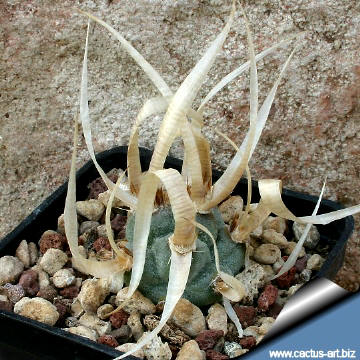 |
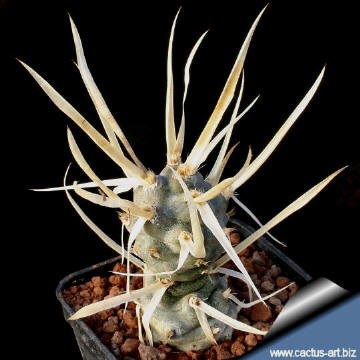 |
|
Photo of conspecific taxa, varieties, forms and
cultivars ofTephrocactus articulatus.
|
|


Advertising
|
|
|
|
Family:
Cactaceae (Cactus
Family)
Scientific Name:
Tephrocactus articulatus (Pfeiff.)
Backeb. 1953 ( var. papyracanthus )
Distribution: Western Argentina
Conservation status: Listed in
CITES appendix 2.
Synonyms:
- Cereus articulatus Pfeiff. 1837
- Tephrocactus articulatus var.
papyracanthus (Phil.) Backeb.
- Opuntia articulata (Pfeiff.)
D.R.Hunt 1987
- Opuntia andicola Pfeiff. 1837
- Tephrocactus andicolus (Pfeiff.)
Lem. 1868
- Opuntia diademata Lem. 1838
- Tephrocactus diadematus (Lem.)
Lem. 1868
- Opuntia turpinii Lem. 1838
- Tephrocactus turpinii (Lem.) Lem.
1868
- Opuntia papyracantha hort. ex
K.Schum. 1898
- Opuntia glomerata Britton & Rose
1919
- Opuntia strobiliformis A.Berger
1929
- Tephrocactus strobiliformis (A.Berger)
Fric 1933
Vernacular name:
Paper Spine Cactus
|
|
|
|
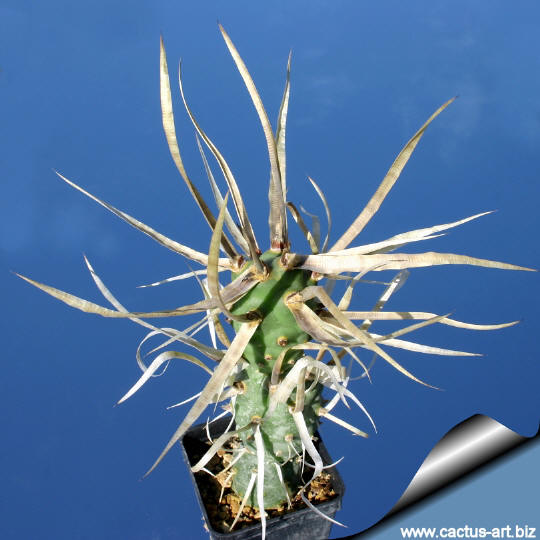
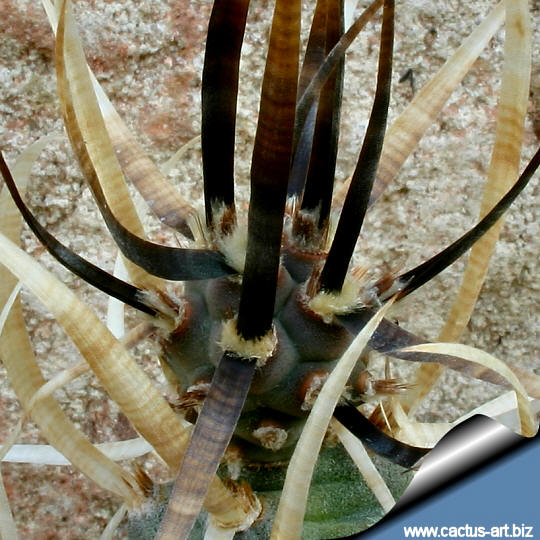
A rare black spined type.
Cultivation: It is easy to grow but usually couldn’t get very tall
as segment kept falling apart. It is fairly cold resistant and hardy to
-9°C depending on the clone, Need full sun, (with insufficient
illumination stems and spines get thinner as a result of the lack of
sun) The main growing period is spring. It might produce some new
segments in the autumn too. Needs good drainage. Propagation is through
segment cuttings, or occasionally seeds The little glochids at the base
of these larger spines are quite a nuisance, and it is best to use
gloves to handle this plant. Propagation: Cuttings, it suckers profusely and is very easy to grow
by just knocking off one of the 'cones' and stuffing it in the ground. |
|